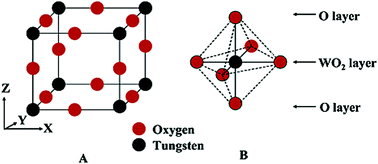Advances on tungsten oxide based photochromic materials: strategies to improve their photochromic properties
Abstract
Photochromic materials have been extensively studied because they are quite attractive and promising for many applications. Tungsten oxide (WO3), a typical photochromic material, has attracted considerable attention. So far, many advances have been achieved in different subfields of WO3 photochromism, mainly focused on the enhancement of WO3 photochromic properties, which depends not only on the chemical features but also on the microstructures, interface and hybrid components. This review aims to summarize recent progress in different advanced strategies to improve WO3 photochromic properties, such as a fast photoresponse (within 1 min), strong and stable photochromism, visible-light coloration and reversible photochromism. However, it is still challenging to achieve these properties for large-scale commercial applications. In addition, many previous studies have been limited to lab research purposes, although some photochromic WO3-based devices have been fabricated. To address the above-mentioned issues clearly, this review will provide a discussion of the following aspects. First, the fundamental photochromism of WO3 is described. Secondly, various advances towards improving its photochromic properties will be summarized. Thirdly, the optical applications of WO3-based photochromic materials will be reviewed and discussed. And finally, a perspective on the development trends in WO3-based photochromic materials and devices is proposed.

- This article is part of the themed collection: Recent Review Articles


 Please wait while we load your content...
Please wait while we load your content...